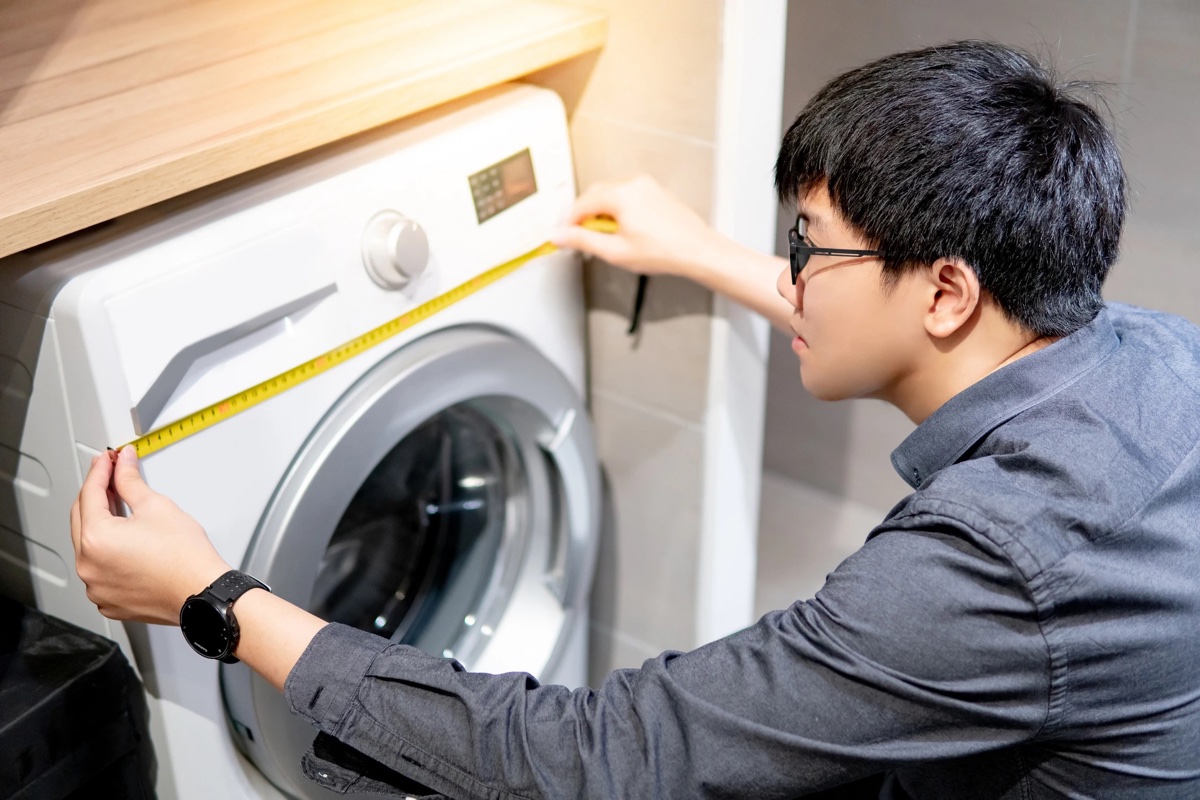

Articles
How To Measure A Washer
Modified: February 29, 2024
Learn how to properly measure a washer with these informative articles. Gain valuable knowledge and ensure accurate measurements for your laundry needs.
(Many of the links in this article redirect to a specific reviewed product. Your purchase of these products through affiliate links helps to generate commission for Storables.com, at no extra cost. Learn more)
Introduction
When it comes to purchasing a new washer, one of the most important factors to consider is its size. Whether you are replacing an old washer or buying one for the first time, you need to ensure that it fits perfectly in your designated space and meets your laundry needs. To do so, you must accurately measure the washer’s dimensions.
Measuring a washer may sound simple, but it requires attention to detail and the use of proper tools. In this article, we will guide you through the process of measuring a washer step by step, ensuring that you have all the necessary information to make an informed decision.
Before we dive into the measuring process, let’s quickly go over the tools you will need:
- Tape measure: A flexible tape measure is essential for accurately measuring the dimensions of the washer.
- Pen and paper: You’ll need these to record the measurements for future reference.
Now that you have your tools ready, let’s move on to the actual measuring process.
Key Takeaways:
- Ensure accurate measurements of your washer by following a step-by-step guide using essential tools like a tape measure, pen, and paper. Recording precise dimensions will help you find the perfect fit for your laundry space and laundry needs.
- Measuring the width, depth, height, and capacity of your washer is crucial for a seamless appliance upgrade. Accurately recording these measurements will save you time and effort when comparing different washer models and planning your laundry space.
Read more: How To Detach Blinds
Step 1: Prepare the necessary tools
Before you start measuring your washer, it’s important to gather the necessary tools to ensure accurate measurements. Here is a list of tools you will need:
- Tape measure: A flexible tape measure is essential for measuring the dimensions of the washer.
- Pen and paper: Keep a pen and paper handy to record the measurements.
Make sure that the tape measure is in good condition, and the markings are clearly visible. If the tape is worn out or the numbers are faded, it’s better to use a new one to avoid any measurement errors.
With these tools in hand, you are now ready to measure your washer. Let’s move on to the next step.
Step 2: Measure the width of the washer
The width of the washer is an important measurement to consider, as it determines how much space it will occupy in your laundry area. To measure the width, follow these steps:
- Locate the widest point of the washer, typically the outer edges of the machine.
- Hold the tape measure parallel to the ground and place one end against the left edge of the washer.
- Extend the tape measure across the washer’s width until you reach the right edge.
- Note down the measurement in inches or centimeters, depending on your preference.
It’s important to ensure that the tape measure is straight and not slanted, as this may lead to inaccurate measurements. Double-check your measurement to ensure its accuracy.
Once you have recorded the width measurement, you can move on to the next step: measuring the depth of the washer.
Step 3: Measure the depth of the washer
The depth of the washer is another crucial dimension to consider when measuring your appliance. This measurement will help determine how far the washer will protrude into your laundry space. To measure the depth of the washer, follow these steps:
- Locate the back of the washer, which is typically the side without any controls or displays.
- Place one end of the tape measure against the back of the washer, ensuring it is parallel to the ground.
- Extend the tape measure towards the front of the washer until you reach the front edge.
- Take note of the measurement, either in inches or centimeters, for future reference.
It’s important to ensure that the tape measure is straight and not curved, as this may lead to inaccurate measurements. Make sure to double-check your measurement to ensure its accuracy.
With the depth measurement recorded, you can proceed to the next step: measuring the height of the washer.
When measuring a washer, use a caliper or ruler to measure the outer diameter and thickness. Be sure to measure in millimeters for accuracy.
Step 4: Measure the height of the washer
Measuring the height of the washer is crucial to ensure it fits properly in your designated space. Follow these steps to accurately measure the height:
- Locate the tallest point of the washer, often near the back where the lid or control panel is situated.
- Position one end of the tape measure at the ground or floor, ensuring it is vertical and aligned with the tallest point of the washer.
- Extend the tape measure up to the highest point of the washer.
- Take note of the measurement in inches or centimeters.
It’s essential to keep the tape measure straight to obtain an accurate height measurement. As always, double-check your measurement to ensure it is correct.
With the height measurement recorded, you are one step closer to acquiring the complete dimensions of your washer. The next step will focus on measuring the capacity of the washer, an important consideration for many individuals.
Read more: How To Motorize Blinds
Step 5: Measure the capacity of the washer
Measuring the capacity of the washer is essential to determine how much laundry it can hold. The capacity is typically measured in cubic feet or pounds, depending on the manufacturer’s specifications. Follow these steps to measure the capacity accurately:
- Open the washer drum and remove any clothing or items that may be inside.
- Identify the maximum fill line or recommended capacity marking on the inside of the drum. This line indicates the level to which you should fill the washer for optimal performance.
- Using a measuring cup or a scale, fill the washer drum with water or laundry detergent until it reaches the recommended capacity marking.
- Record the amount of water or detergent used to fill the washer. This will indicate the capacity of the washer in either cubic feet or pounds.
It is important to note that the capacity measurement may vary depending on the manufacturer and the type of laundry being washed. Follow the manufacturer’s guidelines for accurate measurement.
With the capacity measurement noted down, you have gathered all the necessary dimensions of your washer. The next step will guide you on recording the measurements accurately for future reference.
Step 6: Record the measurements accurately
After measuring the width, depth, height, and capacity of your washer, it’s crucial to record these measurements accurately. Having these measurements on hand will come in handy when shopping for a new washer or determining if a specific model will fit in your designated space. Follow these steps to record the measurements:
- Use a pen and paper, or create a digital document, to record the measurements.
- Write down the width, depth, and height measurements in inches or centimeters, as per your previous measurements.
- Note down the capacity measurement in either cubic feet or pounds, depending on the unit used.
- Include any additional information you deem necessary, such as special features or considerations.
It’s essential to keep the records in a safe and easily accessible place for future reference. This will save you time and effort when comparing different washer models or planning your laundry space.
By accurately recording the measurements, you have completed the process of measuring your washer. Now you can confidently make decisions based on the recorded dimensions.
Conclusion
Measuring a washer is a critical step when purchasing a new appliance or ensuring it fits perfectly in your laundry area. By following the step-by-step guide provided in this article, you can accurately measure the width, depth, height, and capacity of your washer.
Remember to gather the necessary tools, such as a tape measure, pen, and paper, before starting the measurement process. Take your time to ensure that the measurements are precise and recorded accurately for future reference.
Having the measurements of your washer on hand will be invaluable when shopping for a new appliance, as it will allow you to compare different models and ensure a perfect fit in your designated space. Additionally, knowing the capacity of the washer will help you determine how much laundry it can hold, ensuring efficient and effective cleaning.
So, whether you’re upgrading your old washer or buying one for the first time, taking the time to measure it properly will save you from any hassle or disappointment down the line.
Now that you have the knowledge and understanding of how to measure a washer, you can confidently embark on your journey to find the perfect appliance that meets your laundry needs and fits seamlessly into your laundry area.
Happy washing!
Frequently Asked Questions about How To Measure A Washer
Was this page helpful?
At Storables.com, we guarantee accurate and reliable information. Our content, validated by Expert Board Contributors, is crafted following stringent Editorial Policies. We're committed to providing you with well-researched, expert-backed insights for all your informational needs.
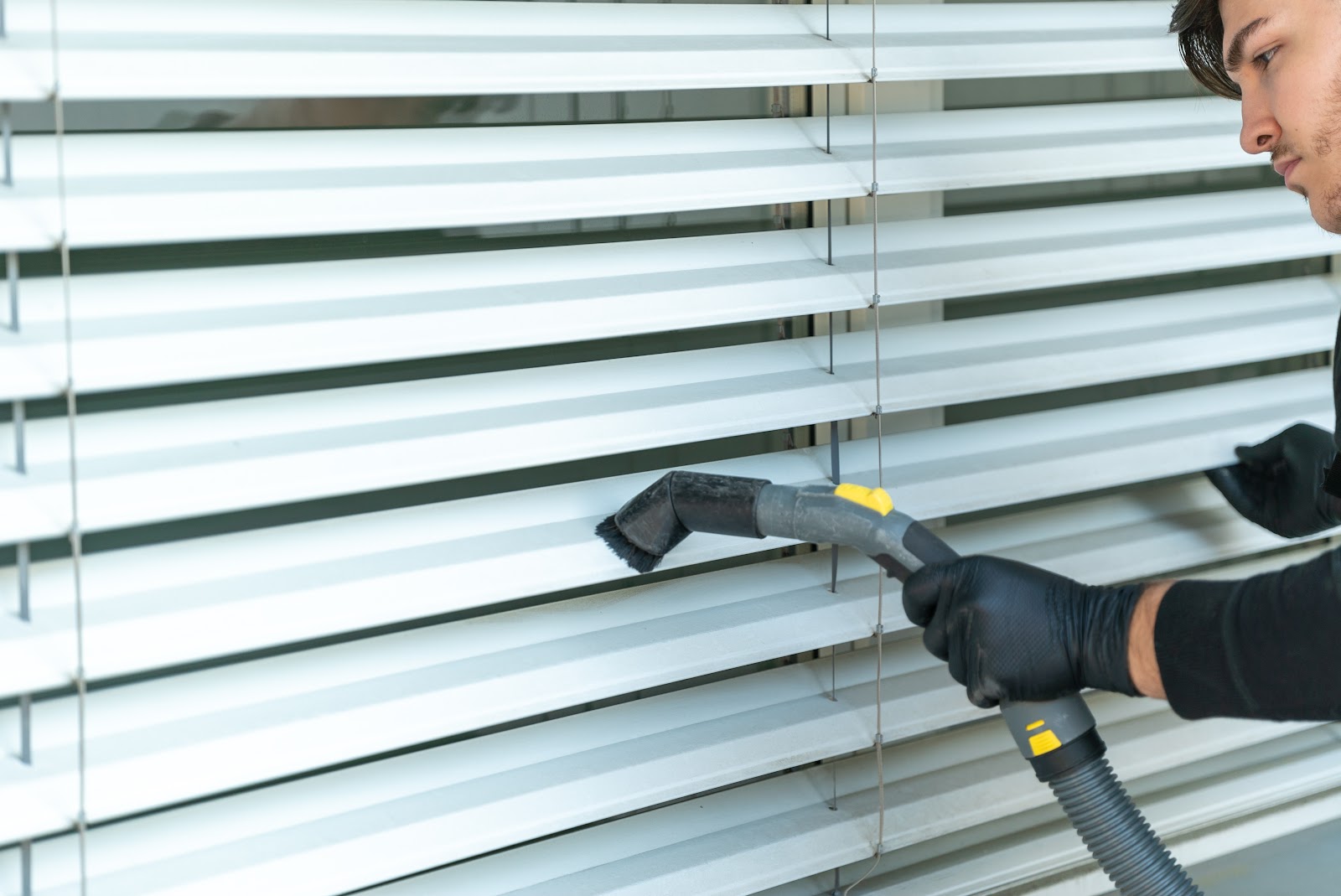

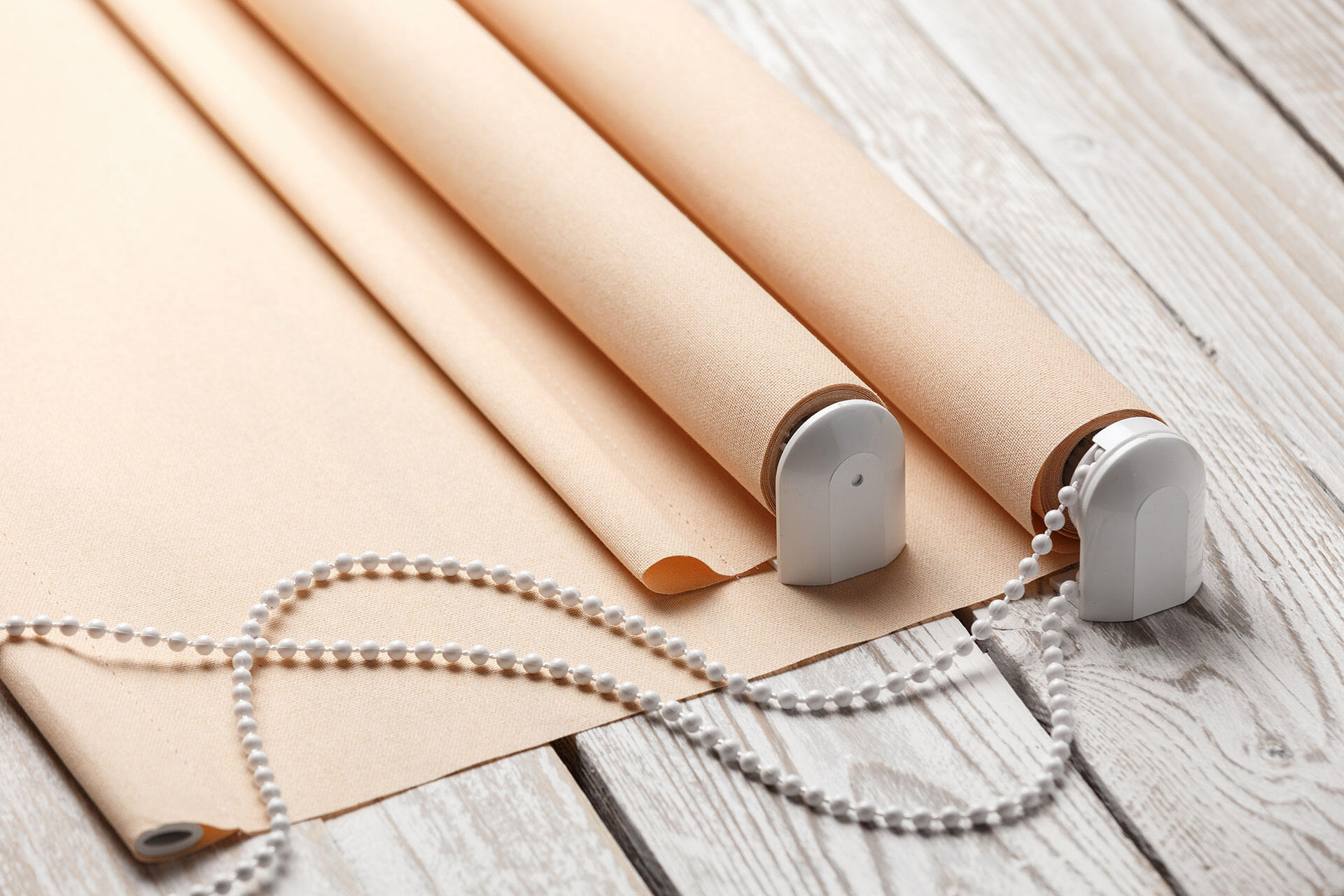
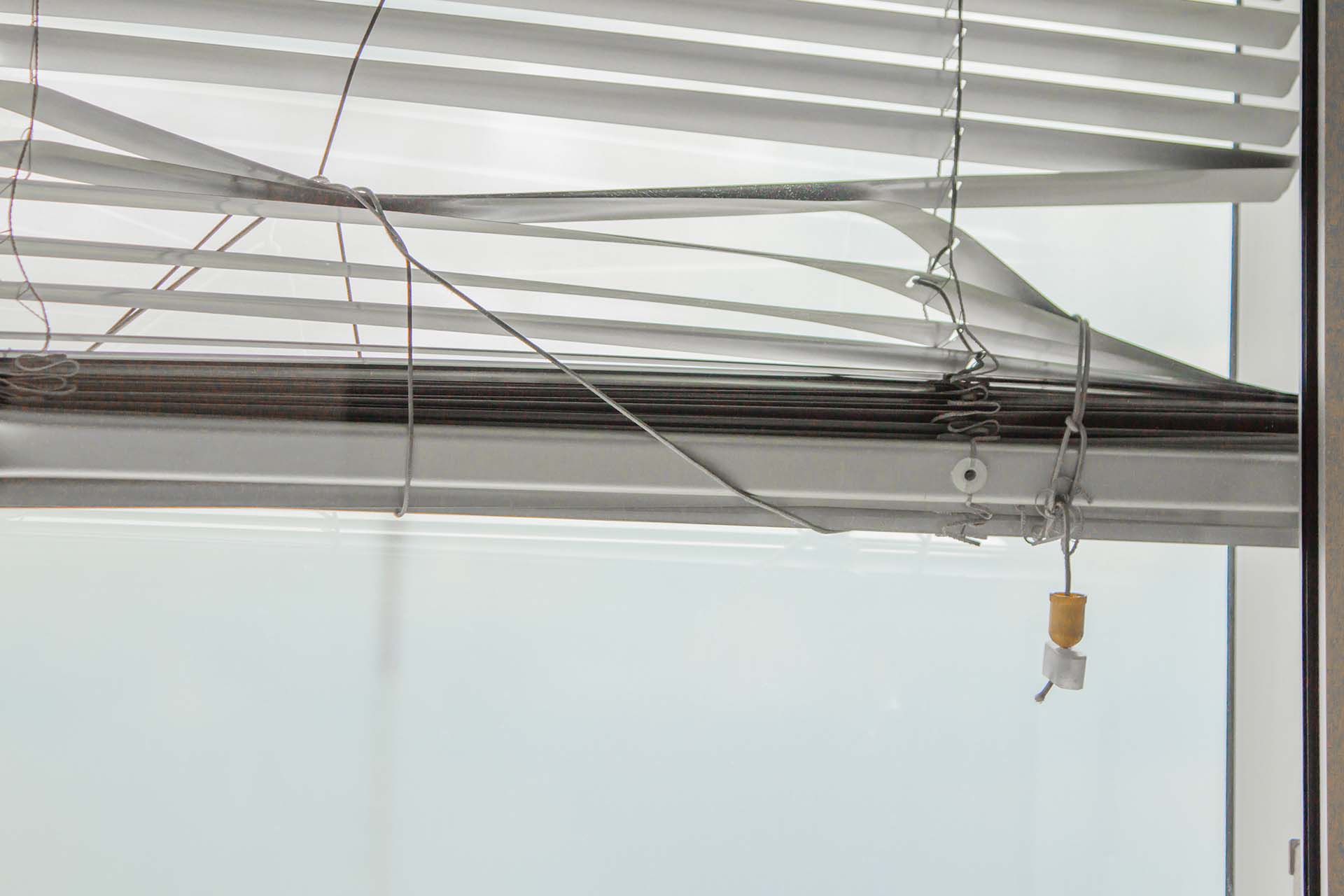


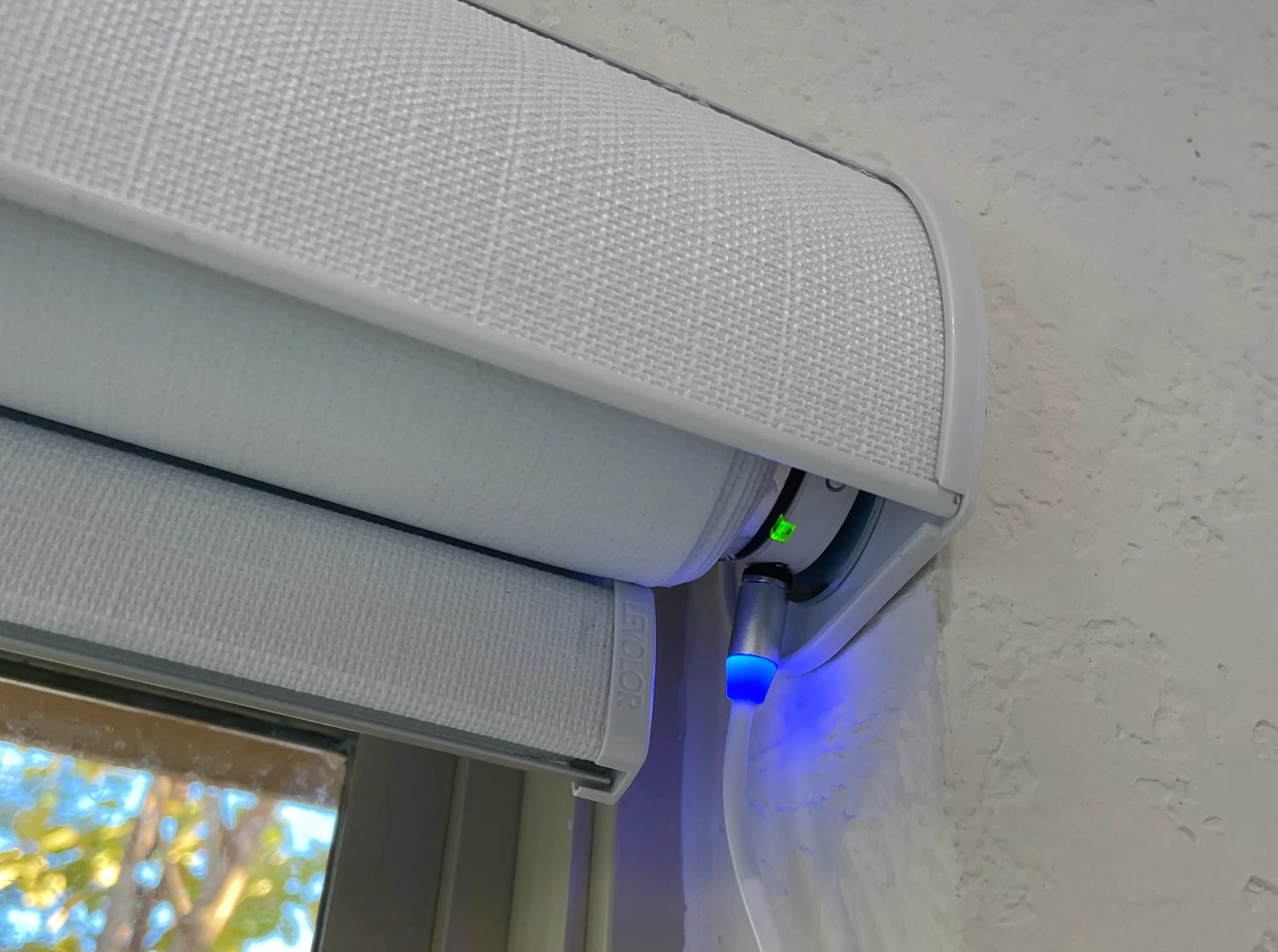
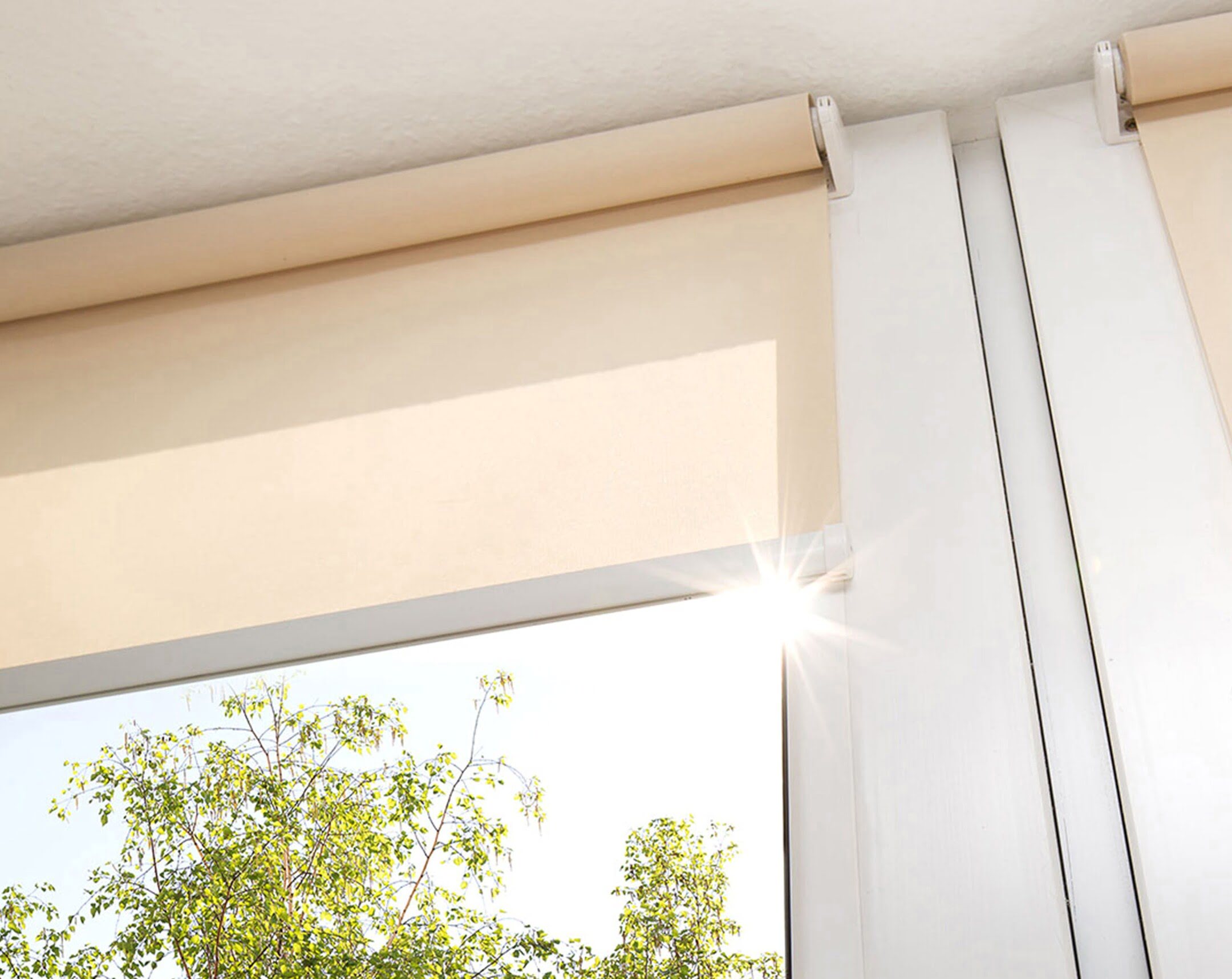

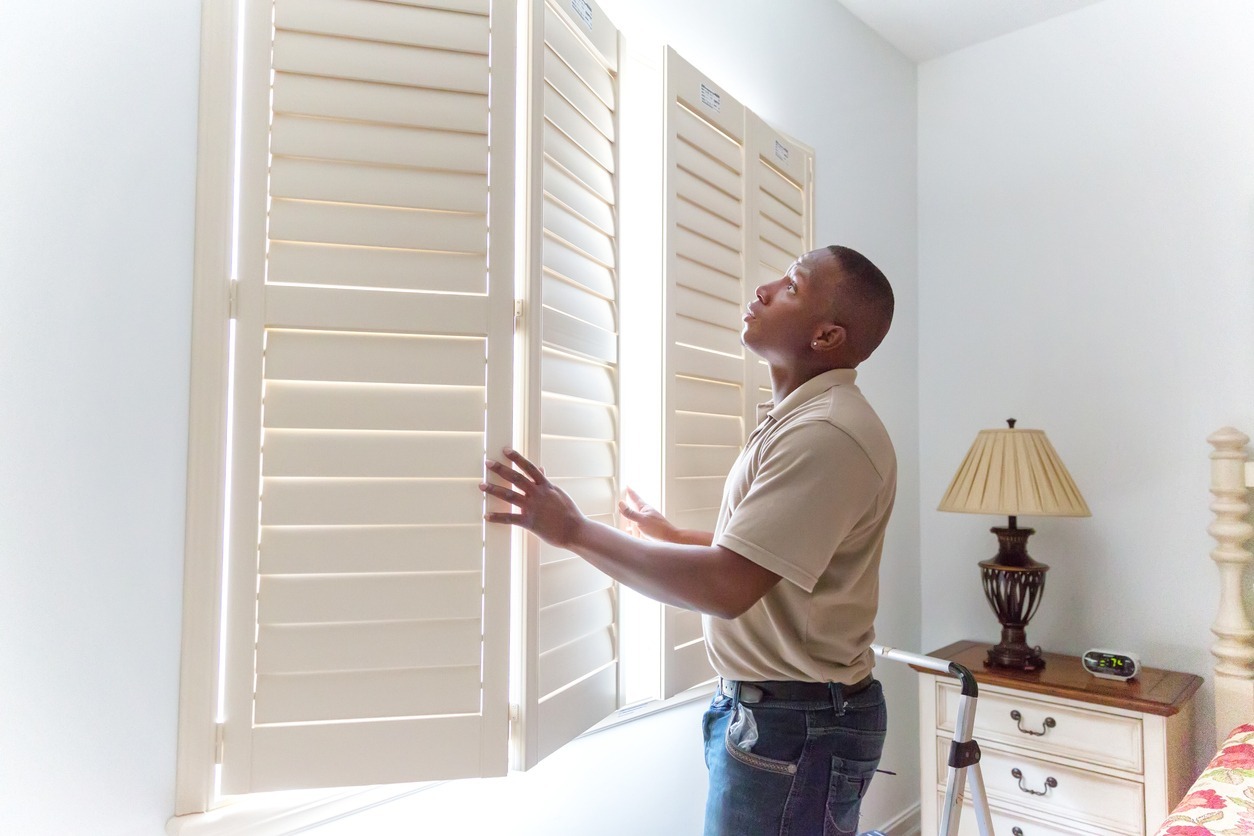
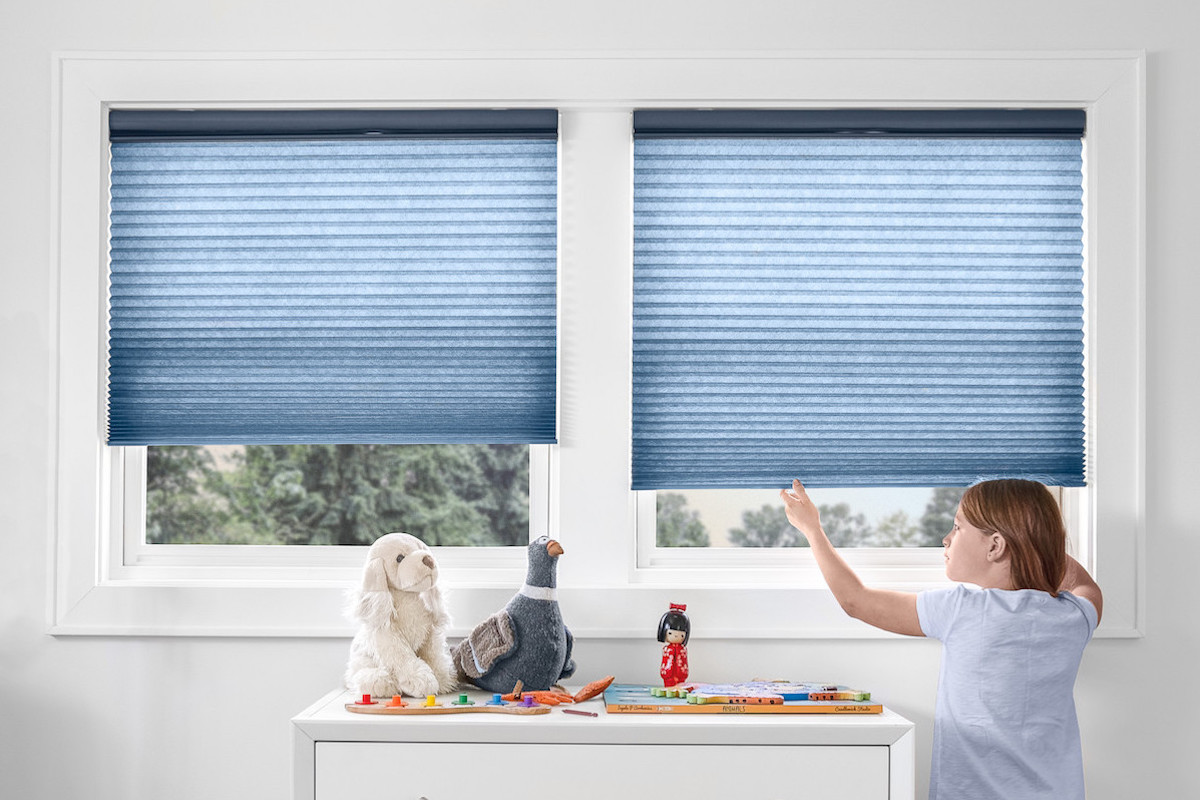
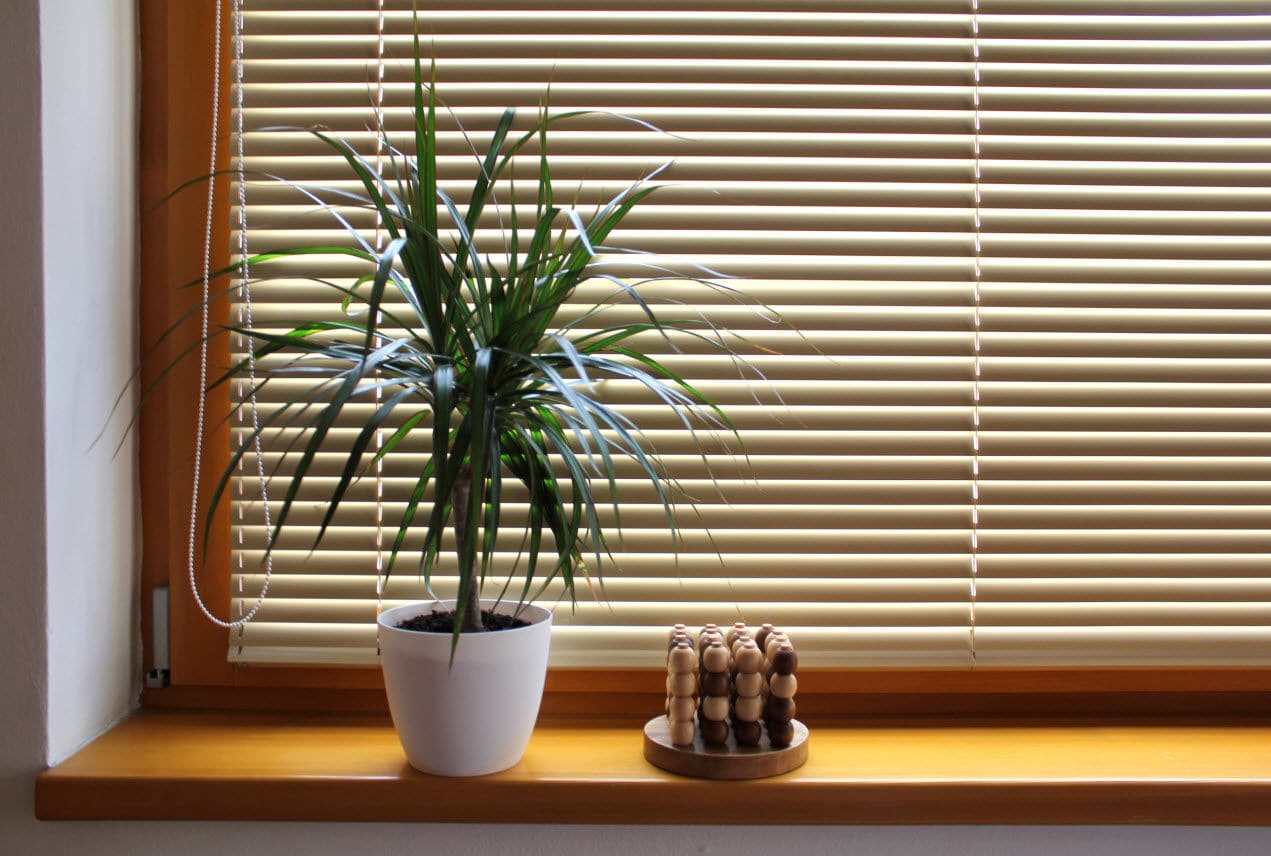
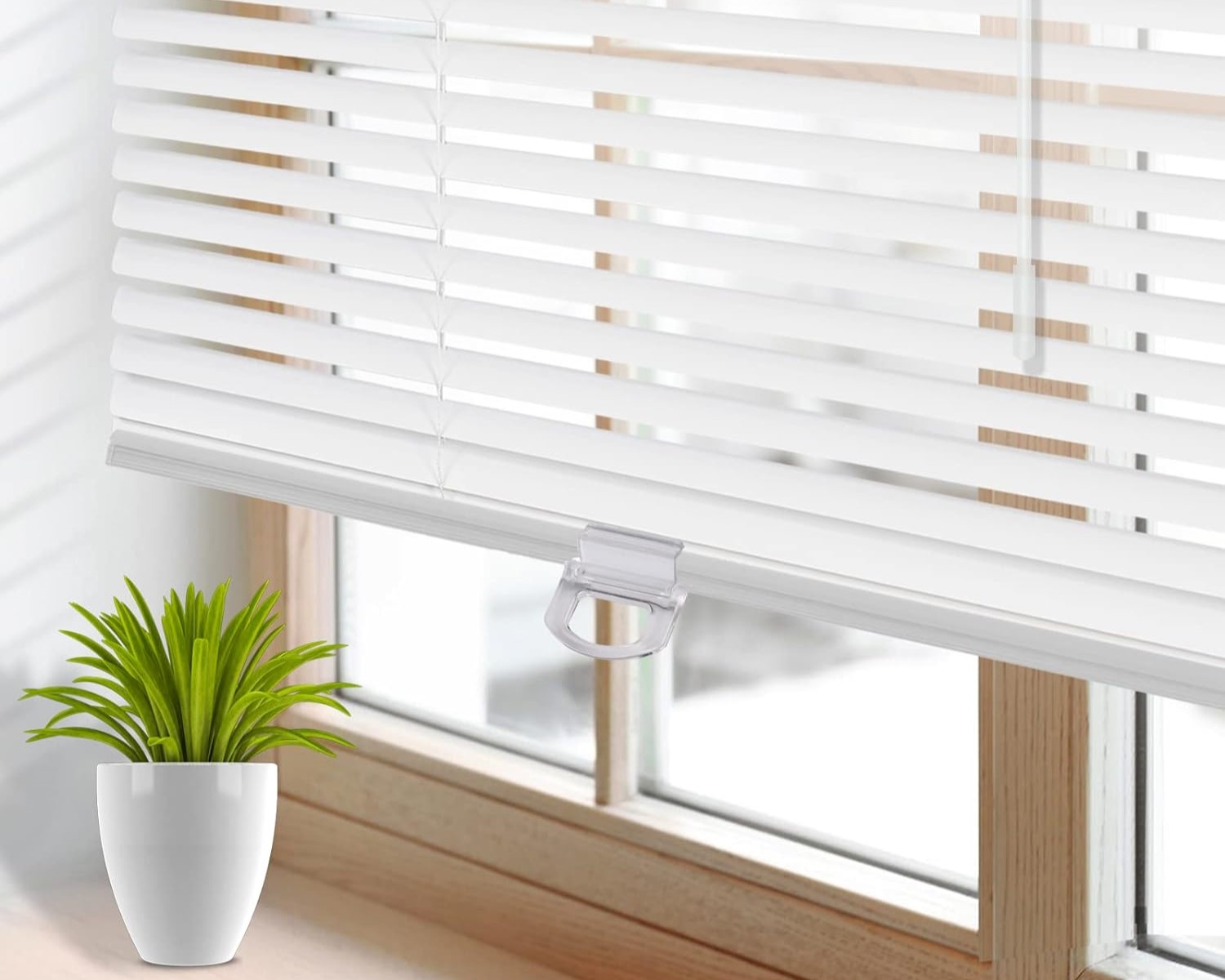


0 thoughts on “How To Measure A Washer”